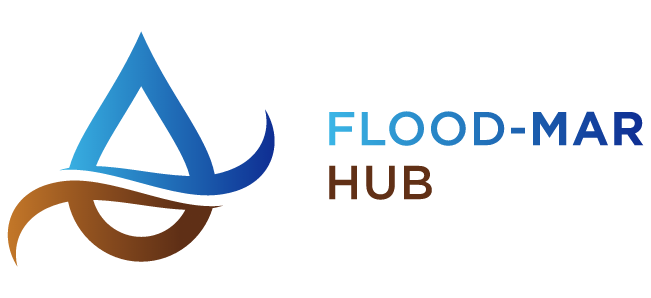February 2, 2023
No Comments
The purpose of the Groundwater Resource Hub is to help local agencies achieve sustainable groundwater management by providing the science and tools needed to help address nature’s water needs. Over time, the goal is to improve statewide and local understanding of nature’s groundwater needs to reduce uncertainties and therefore enhance sustainable groundwater management.
Groundwater dependent ecosystems (GDEs) are plant and animal communities that require groundwater to meet some or all of their water needs. California is home to a diverse range of GDEs including palm oases in the Sonoran Desert, hot springs in the Mojave Desert, seasonal wetlands in the Central Valley, perennial riparian forests along the Sacramento and San Joaquin rivers, and estuaries along the coast and in the Delta. These ecosystems rely on groundwater in California’s semi-arid climate, especially during dry summers and periods of drought. GDEs provide important benefits to California including habitat for animals, water supply, water purification, flood mitigation, erosion control, recreational opportunities and general enjoyment of California’s natural landscape.

